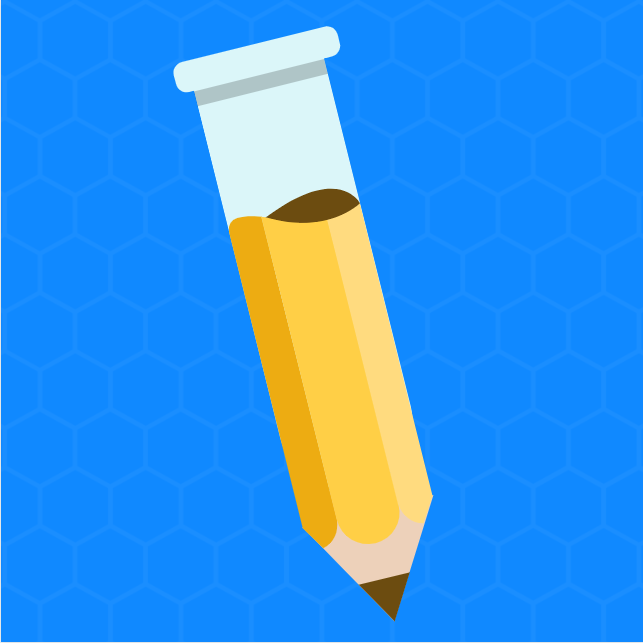This episode is part three of our informal trilogy about instructional design in customer education. (See parts one and two.) What does it take to become a great instructional designer or content developer in Customer Education. How can you succeed in the role if you’re transitioning from another career? We’ll tackle these questions and more, so listen in!
For those making the leap into Customer Education as Instructional Designers, they typically come from three places:
- Customer Success and Support: The rock-star customer-facing folks who love educating their customers, and want to do it full-time
- Internal L&D: Education experts who have been working in corporate L&D or enablement, and want to transition to external education
- Master’s programs: People who have committed to get a degree in instructional design or instructional systems design
Which is best? Are any of them best? The big question most people ask is whether they need a degree to be most successful in the field. What’s more important, field experience or a degree?

We’ll look at these three common paths and give some perspective on them.
How do CSMs and support agents become Customer Educators?
Let’s start with one of the most frequent places we see customer education-focused trainers and content developers come from. And the younger the company, the more frequently we see this happen. They’re rockstar CSMs or support agents who naturally gravitate toward training customers or documenting things.
This can be great career development. If you spend all your time with customers, then you tend to have more customer empathy, something that more frequently doesn’t factor into more academic instructional design. If you love training customers and helping them learn, this can be a career path.
Plus you get the benefit of learning instructional design and content development skills, which you probably didn’t have before.
The risk in coming from this side of the house is that many startups don’t realize what skills are needed to do this job well. When support agents become “the training person,” they get asked to put together decks and webinars, but they don’t always know what will make that content effective. So they become order takers instead of consultants. It’s also hard for them to find mentors who really know this field well, especially with a customer education focus.
Our recommendation to these “accidental instructional designers” is to go to conferences like ATD TechKnowledge and DevLearn, to take instructional design and content development courses and bootcamps (like you can find on any online learning site — LinkedIn Learning, etc), to follow great instructional designers (Julie Dirksen, Cathy Moore, Connie Malamed, Cara North, and Melissa Milloway are all great examples of instructional design pros who “work out loud”) and join communities (like Articulate Heroes), and read up with fundamental books like Design for How People Learn (Dirksen), Michael Allen’s Guide to E-Learning, The Accidental Instructional Designer (Bean), Map It! (Moore), before getting into some of the denser material that would be taught in a Master’s program.
How do internal instructional designers move into Customer Education?
The world of instructional design is infinitely broader for internal audiences — HR, internal L&D, sales enablement programs, etc.
When we hire, we often find people who have internal L&D experience and who are thinking of transitioning into Customer Education. Often this works well, but there are some things to be aware of as you make the leap:
- You have to balance speed and quality, or “doing it right” with “doing it now”
- The more customer-facing the content is, the higher the quality bar is
- You have to do things at a different scale
- Probably more similar to LXD than traditional ID — you usually can’t JUST design or JUST develop
- Measurement works differently – level 1 is similar, but you don’t get to follow up with your learners as far into the future
How do people move from graduate programs to Customer Education?
There are some great Master’s programs in Instructional Design, Instructional Systems, Instructional Technology, and so on.
Many of these programs offer on-site and online degrees. They’ll be called MS Instructional Technology or MEd Instructional Design.
You can also choose between Master’s degrees and online certificates. Obviously online certificates can be great for people who don’t have a formal background and want continuing ed. But this is really the core of the hypothesis — do you need these programs?
When we talk to people who have formal training and are trying to get into the field, one of their biggest struggles is that all the formal processes they learned go out the window because they need to move quickly.
Having a Master’s will be beneficial in terms of giving you credibility to back your design decisions, and to justify your strategies and approaches, but that strategy will only succeed once it hits the ground and comes face-to-face with the reality of a fast-moving business.
For example, in a previous episode, we talked about ADDIE vs. SAM. Previously many IDs who went through formal programs learned how to do ADDIE, with the assumption that they were going to develop more formal courses over longer periods of time. But coming into a startup, it was a rude awakening to see that they couldn’t spend as much upfront time “getting it right.”
If this makes it sound like we’re against getting a degree, we’re not. Many people in our profession know too little, not too much, about what makes learning effective. We think that people who come in with master’s degrees in instructional design can get a leg up in finding jobs and bringing something to them that an “accidental instructional designer” would have to pick up elsewhere, over a longer period of time.
What we’re trying to caution against is letting the theory get too much in the way of practice, or aiming for perfection not progress. We just want to point out that customer education (and even most workplace learning roles) aren’t academic, and in customer education especially, getting it done and getting results is a better path to success than doing everything by the book. The assumptions behind the audience and development cycle are just very different, especially in a field like software which changes so quickly.
